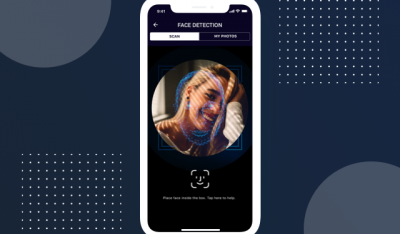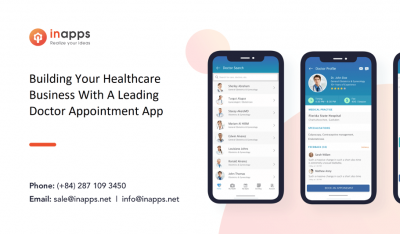Talk about a fantastic meeting of the minds — in this installment of InApps Technology Analysts, host Alex Williams is joined by Ilan Rabinovitch, Director of Technical Community at Datadog, and John Mathon, who shares his thoughts on open source and enterprise software on his CloudRamblings blog, and was most recently VP of Product Strategy at WSO2.
Recorded at KubeCon, this show makes for great listening just to hear Mathon, who started TIBCO Software and is also the inventor of publish–subscribe, engage Rabinovitch in discussing the features of DataDog’s hosted monitoring platform.
#69: Measuring for Success with DataDog
Listen to all TNS podcasts on Simplecast.
This podcast is also available on YouTube.
As his guests delved into monitoring and metrics, Williams asked about the prevailing need for continued decomposition of the application architecture, and how this creates so much more data to track and complexity to understand in order to obtain a holistic view for analysis.
“That’s the challenge today,” said Rabinovitch. “It’s not just that your infrastructure’s going away. We’ve gone away from this idea of monolithic apps, and folks are building these very purpose-specific apps, with the demark being at an API between them. Whether you call it ‘SOA’ or ‘microservices’ or whatever the new, exciting name is today, this is the direction that, as an industry, we’ve been going toward for a while. Things like Kubernetes and containers, and dynamic infrastructure with the cloud, in general, are finally making it viable.”
Rabinovitch observed that, ten years ago, a conversation with one’s engineering and operations teams about splitting into microservices would have resulted in a big management-pain hand-off, while also facing a high barrier to entry. “Now, we walk around the expo floor here at KubeCon, and you’ve got things like Deis and OpenShift, or just Kubernetes proper, and the whole goal is to make it easier for you to build these smaller services, and to have time-to-market be faster,” he said.
“That’s a real problem for a lot of companies I know,” said Mathon. “One company I was working with was very used to building a single application image for each application they built. When we showed them how to build this application using multiple services — there were 24 services — they were like, ‘How do you manage that? How do you do that?’ That’s a big change.”
“The concept of microservices is to have that minimum footprint,” Mathon continued. “Monitoring, some would say, is extraneous to the microservices, and would slow it down — it’s not small, it’s not managed.”
“Exposing metrics from your application is maybe a little bit of extra code,” said Rabinovitch. “In some cases, the platforms are going to expose this for you, and you can look at system- or infrastructure-level metrics. But, you know what your key transactions are for your application, and you know what’s interesting to you.”
“If you don’t instrument your applications,” he said, “then you don’t know if you’re being successful, and you can’t improve unless you’re measuring.”
To subscribe to InApps Technology Analysts podcast or check out other episodes, visit the podcast section of InApps Technology.
DataDog is a sponsor of InApps Technology.
Feature Image via Pixabay.



















